‘And If I Perish’ Illuminates Harrowing Tales of Army Nurses in World War II
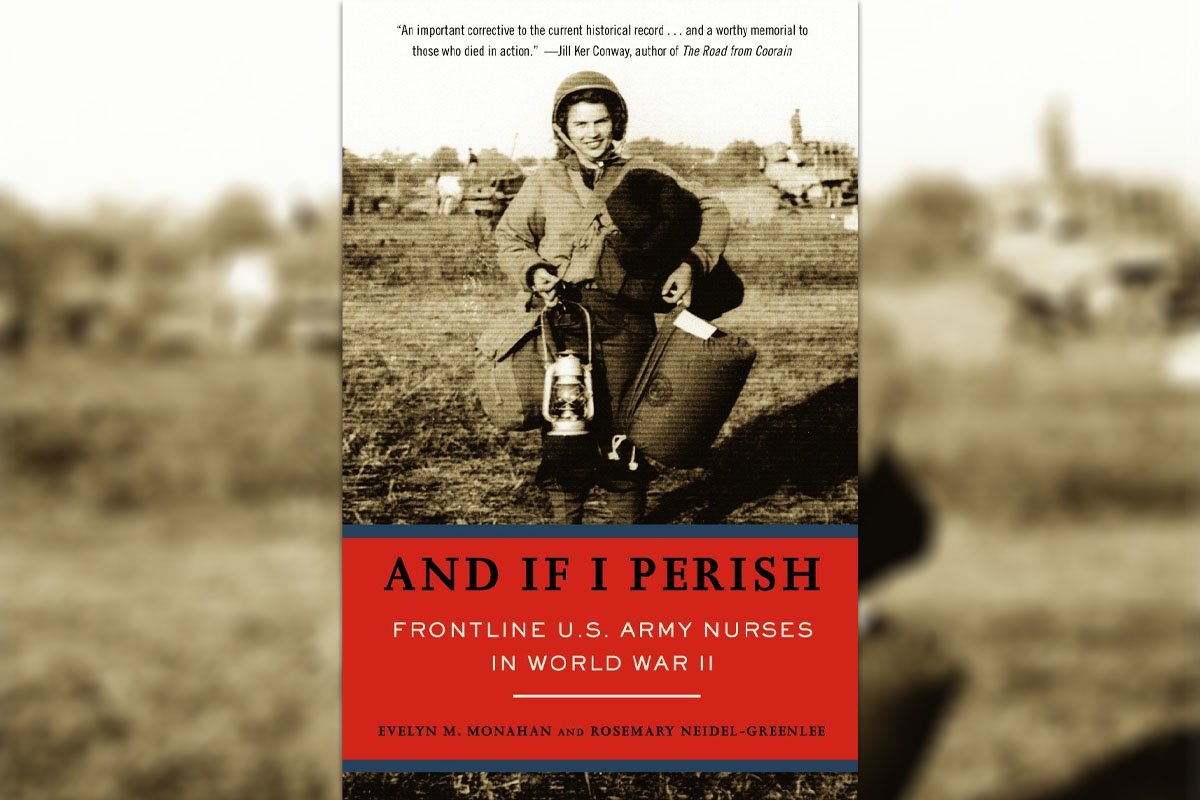
Throughout the 1920s and ’30s, American society still disapproved of nursing as a career for women. Despite women having served in wars previously, it was considered degrading for women to empty bedpans or wash wounds that might expose them to men’s genitalia. It was thought to be immoral for women, married or unmarried, to offer care and treatment for illnesses and diseases.
Regardless of this negative public opinion, women volunteered in droves to join the front lines in 1942 and 1943, and many were accepted as Army nurses. Hospitals were quickly organized; surgical teams were put together. Members of the Army Nurse Corps mobilized, working day and night to care for the wounded, ease suffering, and save lives.
And If I Perish: Frontline U.S. Army Nurses in World War II is an inspiring and heart-wrenching story that illuminates the gritty reality Army nurses endured in the war. Over the course of 12 years, authors Evelyn Monahan and Rosemary Neidel-Greenlee read letters and conducted interviews with nurses from the war, collecting firsthand accounts of their service and rendering a vivid history of what they accomplished.
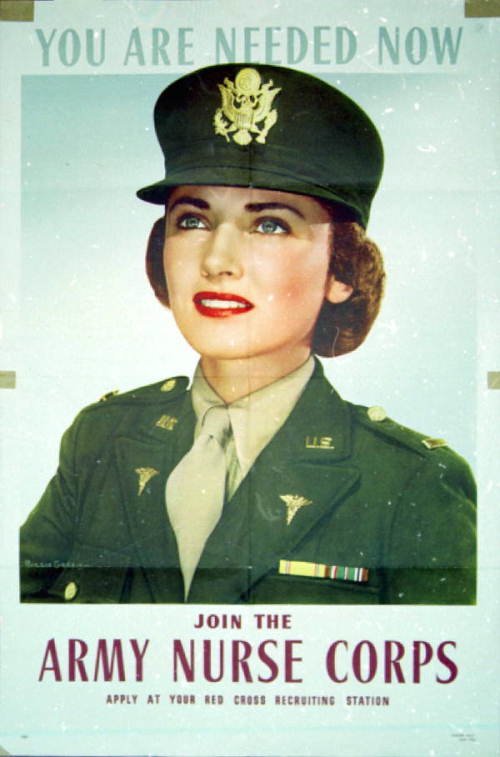
The book humanizes the nurses and soldiers, painting a picture of the hardships, grit, and seemingly endless examples of human sacrifice and commitment to overcome any challenge and win the war.
And If I Perish follows the nurses as they move through various phases of World War II: the North African campaign, the Italian campaign, the liberation of France, and the conquest of Germany. Within each part, history unfolds to reveal the trials and advancements of nursing and the medical field.
The book’s linear narrative weaves together the stories of the nurses and the soldiers who worked with them, showing the evolution of war tactics and the integral role the nurses played.
The nurses’ first stop was the battlegrounds of North Africa, where they stormed the beaches of the Tunisian coast beside the enlisted men. This was the only amphibious invasion the nurses would have alongside the soldiers. For the rest of the missions, nurses would follow within a few days.
As Allied forces moved through North Africa, nurses and surgical teams worked through challenges and demanded supplies for the wounded and the staff. Hospitals were organized to offer quick treatment and evacuation of the injured from the front. As nurses gained confidence in themselves and their teams, evacuations ran more smoothly.
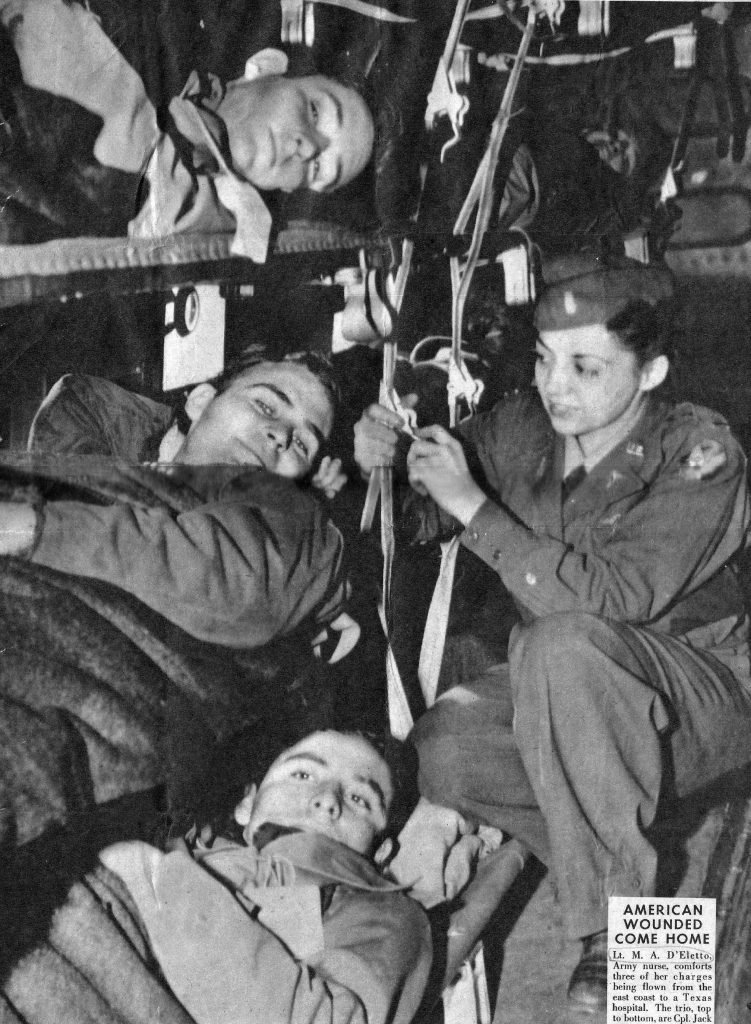
Within five months of landing in North Africa, surgical teams had their movements perfected so they could operate fast and effectively. The authors described operations inside the surgical tents:
“There was only one difference [between the surgical team and an assembly line]: the surgeons, nurses, and OR technicians moved along the line of patients. […] As the surgeon finished operating on a patient, he and the nurse would quickly move to the next table […] and the other OR technician would immediately begin to ‘close’ the patient whose surgery was just completed.”
Among the war’s many atrocities, two instances stand out as especially terrifying: the sinking of two hospital ships and the constant terror at the Anzio beachhead in Italy.
German aircraft bombed and strafed hospital sites, leaving nurses in difficult and restless positions and leading to the sinking of two hospital ships — the HMHS Newfoundland and the HMHC St. David.
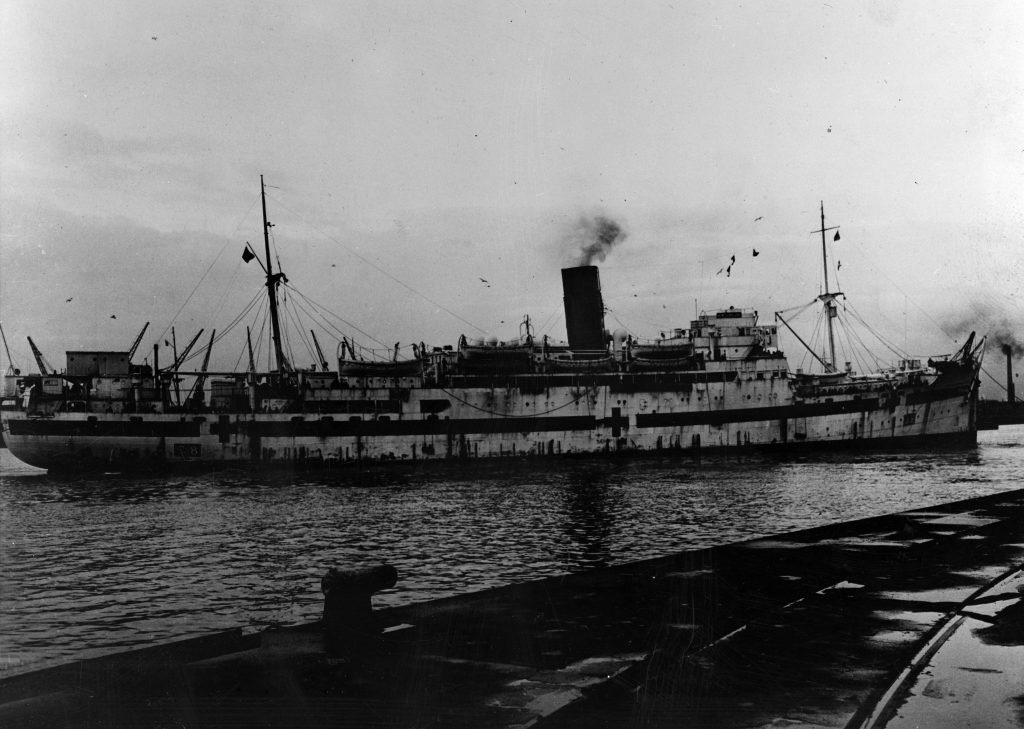
Photo courtesy of the Library of Congress.
On Italy’s Anzio beachhead — termed Hell’s Half Acre — hospitals were bombed repeatedly. Tents caught fire, medical personnel and enlisted men were wounded or killed, and the surgical teams never stopped working. Surgical teams operated through many long days and nights as German aircraft flew overhead. Their dedication to their patients never faltered.
Lt. Ruth Hindman, 11th Field Hospital, recalled the frenzy of the Anzio beachhead and met it with courage and integrity.
“We all knew we could get killed,” Hindman recalled, “but none of us dwelled on the fact. We couldn’t have gone on working on the front lines if we got too concerned with getting killed or wounded. You do what you need to do and if you get hit, that’s just the way it is.”
On top of working through air raids and strafing, medical personnel consistently worked through blackout conditions and hazardous storms — often with a lack of supplies.
The book also highlights medical developments that sprang from American ingenuity.
To overcome constant supply shortages, teams shortened tubes, sanitized used equipment, and hung IV bags from a cord that ran across the room. But a lack of whole blood for patients created critical conditions.
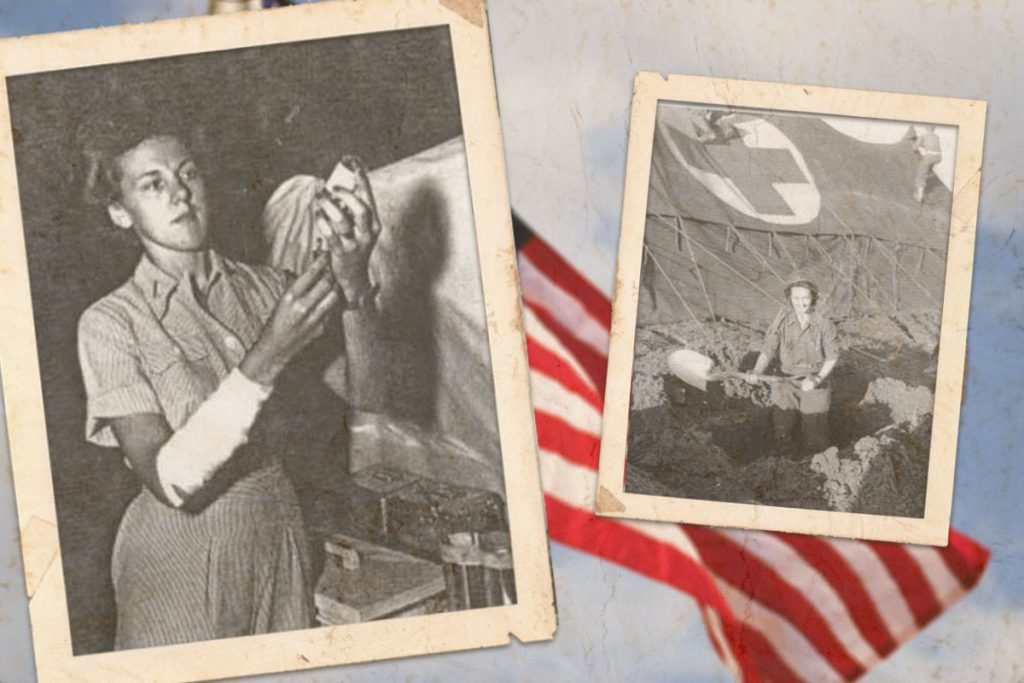
At the outset of America’s involvement in the war, it was believed that plasma was enough to reduce shock and sustain the wounded. Hospitals and surgical teams quickly realized it was not.
Medical personnel could use blood from the less wounded and those willing to donate, but they had no way of refrigerating the blood to preserve it. After requests were made to personnel higher up with no action, appeals were sent to The New York Times to call on Americans to donate blood and find ways to transport it to front-line hospitals. The call to action proved fruitful and saved the lives of many soldiers who were able to receive the blood they needed.
Far beyond the medical care they provided overseas, women on the front lines of World War II consistently made vital contributions to the war effort. One of those was helping to ease the hearts of the fighting men.
These moments come as glimpses in the nurses’ stories and show how they were able to calm fears and ease “battle fatigue” — now known as post-traumatic stress. Many men said they were calmed by the women’s composure and work ethic during bombings, strafing, or the pressures of the overbooked surgical ward.
And If I Perish records an important part of America’s history, illuminating an overlooked group of women whose extraordinary courage and sacrifice was vital to America’s victory in the war and greatly impacted the lives of the soldiers who fought for it.
Read Next: Great Poets From ‘The Great War’ — The Story of Wilfred Owen and Siegfried Sassoon

BRCC and Bad Moon Print Press team up for an exclusive, limited-edition T-shirt design!
BRCC partners with Team Room Design for an exclusive T-shirt release!
Thirty Seconds Out has partnered with BRCC for an exclusive shirt design invoking the God of Winter.
Lucas O'Hara of Grizzly Forge has teamed up with BRCC for a badass, exclusive Shirt Club T-shirt design featuring his most popular knife and tiomahawk.
Coffee or Die sits down with one of the graphic designers behind Black Rifle Coffee's signature look and vibe.
Biden will award the Medal of Honor to a Vietnam War Army helicopter pilot who risked his life to save a reconnaissance team from almost certain death.
Ever wonder how much Jack Mandaville would f*ck sh*t up if he went back in time? The American Revolution didn't even see him coming.
A nearly 200-year-old West Point time capsule that at first appeared to yield little more than dust contains hidden treasure, the US Military Academy said.












